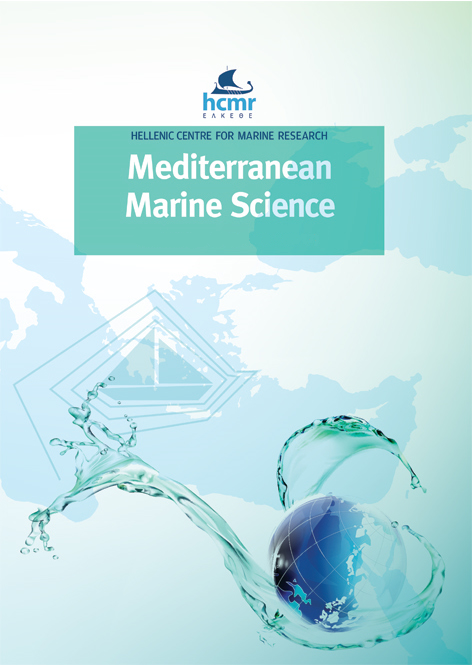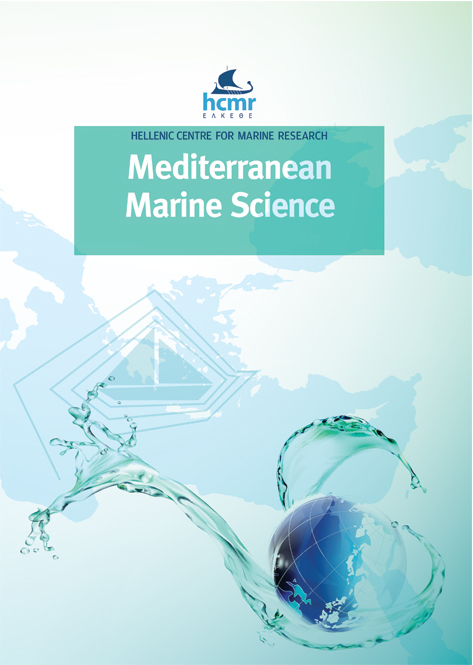Simulation of Coastal Processes affecting pH with Impacts on Carbon and Nutrient Biogeochemistry
Περίληψη
Naturally occurring microbial decomposition of organic matter (OM) in coastal marine environments cause increased acidity in deeper layers similar or even exceeding the future predictions for global ocean acidification (OA). Experimental studies in coastal areas characterized by increased inputs of OM and nutrients, coping with intermittent hypoxic/anoxic conditions, provide better understanding of the mechanisms affecting nutrients and carbon biogeochemistry under the emerging effects of coastal pH decrease. Laboratory CO2-manipulated microcosm experiments were conducted using seawater and surface sediment collected from the deepest part of Elefsis Bay (Saronikos Gulf, Eastern Mediterranean) focusing to study the co-evolution of processes affected by the decline of dissolved oxygen and pH induced by (a) OM remineralization and (b) the future anthropogenic increase of atmospheric CO2. Under more acidified conditions, a significant increase of total alkalinity was observed partially attributed to the sedimentary carbonate dissolution and the reactive nitrogen species shift towards ammonium. Νitrate and nitrite decline, in parallel with ammonium increase, demonstrated a deceleration of ammonium oxidation processes along with decrease in nitrate production. The decreased DIN:DIP ratio, the prevalence of organic nutrient species against the inorganic ones, the observations of constrained DON degradation and nitrate production decline and the higher DOC concentrations revealed the possible inhibition of OM decomposition under lower pH values. Finally, our results highlight the need for detailed studies of the carbonate system in coastal areas dominated by hypoxic/anoxic conditions, accompanied by other biogeochemical parameters and properly designed experiments to elucidate the processes sequence or alterations due to pH reduction.
Λεπτομέρειες άρθρου
- Πώς να δημιουργήσετε Αναφορές
-
KAPETANAKI, N., KRASAKOPOULOU, E., STATHOPOULOU, E., PAVLIDOU, A., ZERVOUDAKI, S., DASSENAKIS, M., & SCOULLOS, M. (2018). Simulation of Coastal Processes affecting pH with Impacts on Carbon and Nutrient Biogeochemistry. Mediterranean Marine Science, 19(2), 290–304. https://doi.org/10.12681/mms.14439
- Τεύχος
- Τόμ. 19 Αρ. 2 (2018)
- Ενότητα
- Research Article
Authors who publish with this journal agree to the following terms:
- Authors retain copyright and grant the journal right of first publication with the work simultaneously licensed under a Creative Commons Attribution Non-Commercial License that allows others to share the work with an acknowledgement of the work's authorship and initial publication in this journal.
- Authors are able to enter into separate, additional contractual arrangements for the non-exclusive distribution of the journal's published version of the work (e.g. post it to an institutional repository or publish it in a book), with an acknowledgement of its initial publication in this journal.
- Authors are permitted and encouraged to post their work online (preferably in institutional repositories or on their website) prior to and during the submission process, as it can lead to productive exchanges, as well as earlier and greater citation of published work (See The Effect of Open Access).







